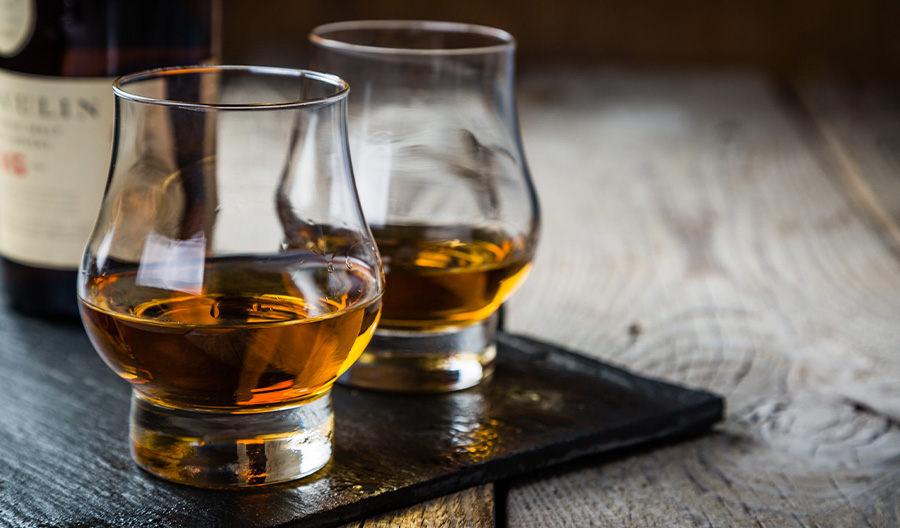The aging process of rum plays a significant role in shaping its taste profile. As rum ages, it undergoes a series of chemical reactions that enhance its flavor, aroma, and color. This transformation is primarily facilitated by the interaction between the rum and the wooden barrels in which it is stored.
During the aging process, the rum absorbs compounds from the wood of the barrel, such as lignin and tannins. Lignin, when broken down, contributes to the sweetness and vanilla notes in rum, while tannins are responsible for the dry and astringent taste. The type of wood used for the barrel also influences the flavor. For instance, American white oak often imparts a coconut note, while French oak can add a spicy character.
Another factor that impacts the taste profile is the climate where the rum is aged. In tropical climates, the aging process is accelerated due to higher temperatures and humidity. This results in a rum with a more intense and complex flavor profile compared to rum aged in cooler climates.
Moreover, the aging process also leads to the evaporation of some of the rum, known as the 'angel's share'. This evaporation can affect the concentration of flavors in the remaining rum, making it richer and more robust.
Lastly, the length of the aging process also significantly impacts the taste. Younger rums tend to have a lighter, more straightforward flavor, often with a strong presence of raw sugarcane or molasses. In contrast, older rums have had more time to interact with the barrel, resulting in a deeper, more complex flavor profile with notes of caramel, oak, and various spices.

What are the key elements to consider when tasting rum?
When tasting rum, the first element to consider is the appearance. The color, clarity, and viscosity of the rum can give you a good idea of its age and quality. Darker rums typically have a longer aging process and a more complex flavor profile, while lighter rums are often younger with a smoother, more subtle taste.
Next, take a moment to smell the rum. Aroma plays a significant role in our perception of flavor. Swirl the rum gently in the glass to release its various scents. You might pick up notes of caramel, vanilla, fruit, or spice. Each rum has a unique bouquet, and identifying these aromas can enhance your tasting experience.
Then, take a small sip to taste the rum. Let it coat your tongue and linger in your mouth before swallowing. Try to identify the flavors you detected in the aroma, as well as any new ones. The initial taste, or 'attack', might be sweet, bitter, or spicy, while the 'finish' (the flavor that remains after swallowing) could be smooth, harsh, or warming.
Consider the balance of flavors in the rum. A well-balanced rum will not be overly sweet, bitter, or alcoholic. Instead, it will have a harmonious blend of flavors that complement each other, without any one element overpowering the others.
Finally, think about the body and texture of the rum. A rum's body refers to its weight and fullness on the palate. Some rums are light and crisp, while others are heavy and rich. The texture might be smooth, creamy, or even slightly oily.
Pairing rum with food can enhance both the drink and the meal. Lighter rums often pair well with seafood, chicken, and tropical fruits, while darker, spicier rums can stand up to heavier dishes like barbecue, spicy foods, or rich desserts.
Remember, tasting is a personal experience. What one person enjoys, another might not. The most important thing is to savor the experience and discover what you enjoy.

